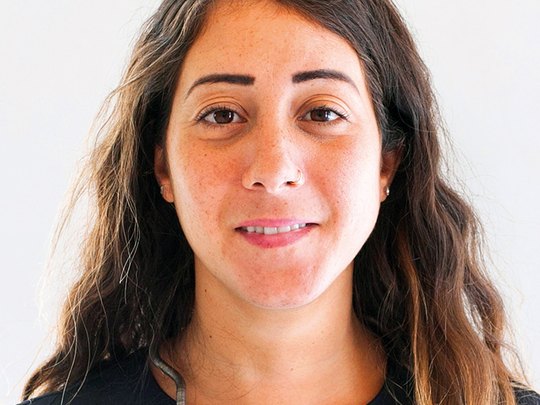
Reem Shadid, Deputy Director of the Sharjah Art Foundation and Curator of March Project 2017, spoke to Weekend Review about the role of the mentors, the selection process and more. Excerpts:
Can you tell us the selection process for the March Project?
One of the goals of this educational residency programme is to encourage opportunities, conversations and collaborations between artists working in the UAE and the region. The selection process happens through extensive research into the practices of local and regional practicing artists, principally those working with various media, including video, sculpture, painting, multimedia installations, mixed media and more. The final selection reflects a group of artists who are trying to expand and explore various themes, forms or aesthetics, thereby pushing their practice into new directions.
In your view, how does these four artists’ work tie in with the larger themes of this year’s Biennial?
The March Project is an annual education residency programme at SAF that bears no relation to the Sharjah Biennial nor necessarily its theme. However, they do have access to SAF’s experienced technicians and body of research that has been developed over many biennials and SAF’s year-round programme of activities.
How long did the artists take to realise their artworks?
After the conclusion of selection process, the artists are invited to Sharjah in March to conduct a residency and research. In June, the artists submit their proposals to me for review and discussion. The works are then realised within a time frame that is based on their individual proposals. Each artist spends time in Sharjah, with SAF and with communities in the Emirate, which ultimately shapes their projects. The exhibition falls sometime between September and November. On the whole, the process from selection to exhibition takes around 10 months.
What were the roles of the three mentors?
The mentors are expected to provide support to the artists. The artists can establish the relationship they wish to have with their appointed mentors. Some mentors work very closely with their artists on developing proposals. Others aid in research and provide theoretical readings, while others facilitate conversations to help the artists delve deeper into their topic of interest. It is a case-by-case situation, and it all depends on the artists themselves.
What are your impressions/remarks regarding the final March Project 2017 artworks?
We at SAF were pleased with the artist’s final projects. The artists were able to push the boundaries of their work in terms of scale and complexity, and the public responded positively to the show. Many people from the UAE’s arts community were present for the opening.
The UAE and region’s arts communities have been highly supportive of artists early in their careers, and The March Project is an extension of this support. It is instrumental in not only identifying artists but also promoting their practice, and the value of contemporary art, within the cultural landscape of the UAE and the greater region as a whole.
-N.P. Krishna Kumar is a writer based in Dubai.












